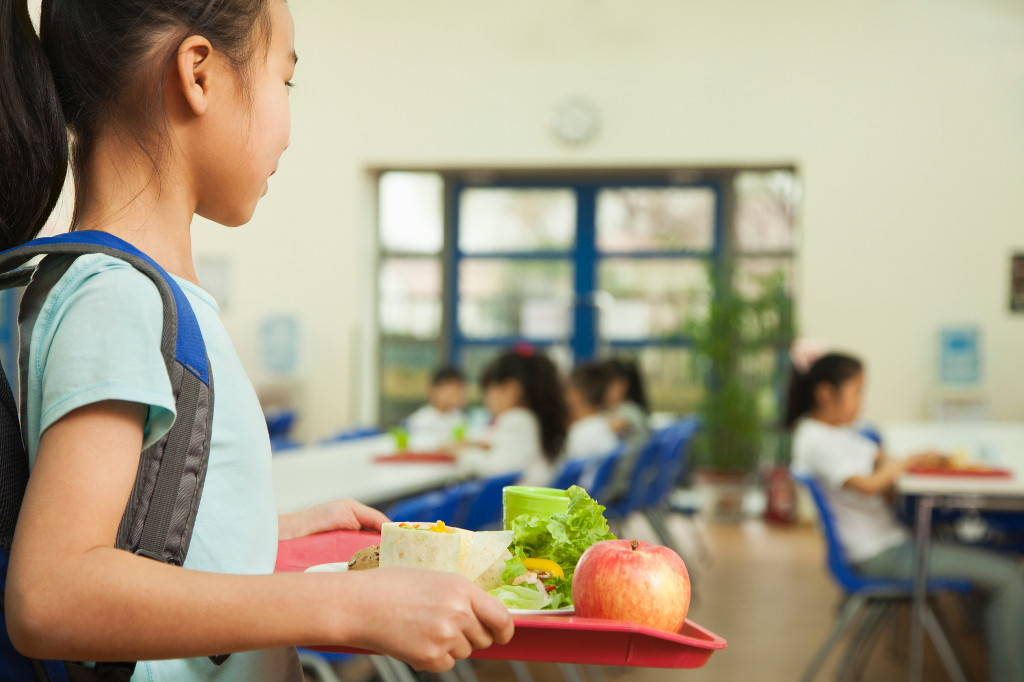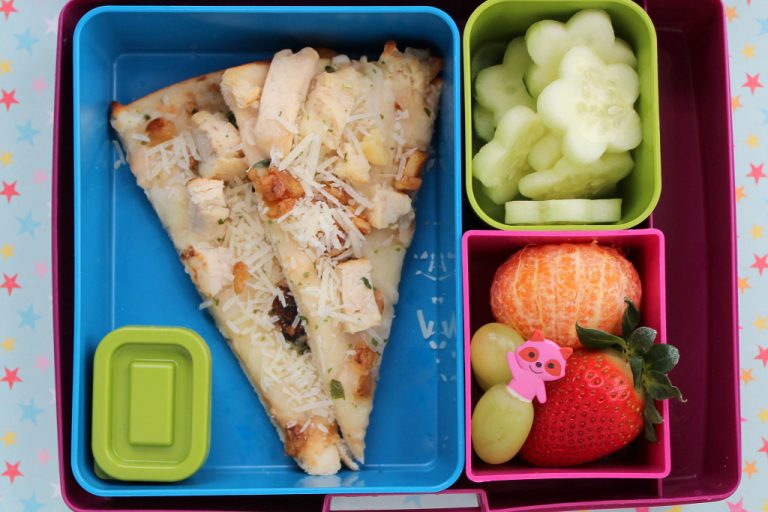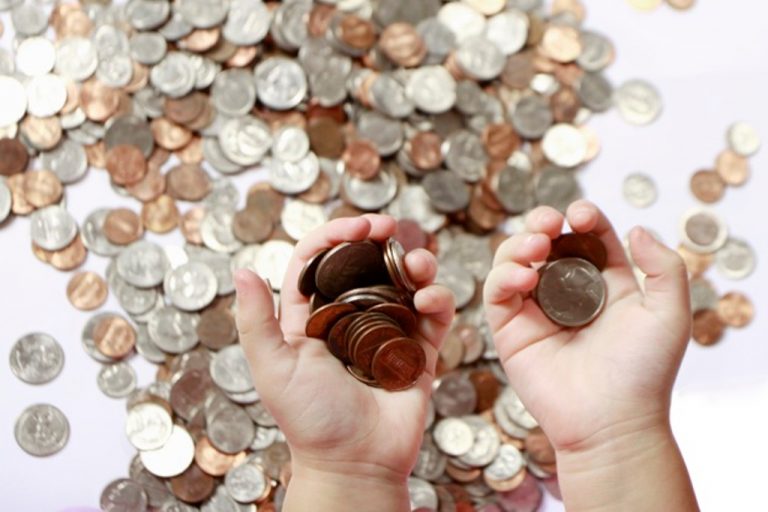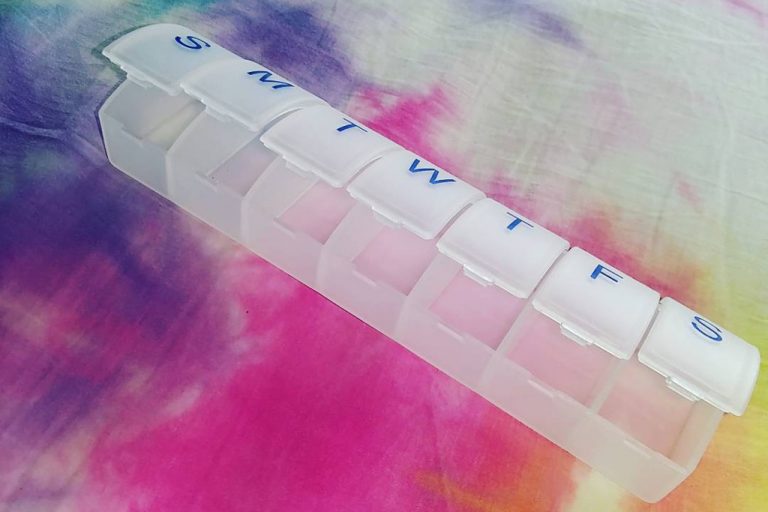SingaporeMotherhood | Parenting
January 2018
How Much Pocket Money Does My Child Need for Primary School?

They may be young, but mini money matters can still be complicated. Parents of children in primary school share how much pocket money they give their children, and how they do it
A new school year has just begun. If your child is in Primary One this year, then you’re probably trying to figure out how much pocket money to give them once you’re no longer allowed to hang around during recess time. For those with older kids, you may be wondering if it’s time to give your child a ‘raise’. We spoke with some parents to find out how they handle this pocket-sized money matter, and distilled the following useful tips.
[banner][/banner]
Plan a Research Excursion
 Image cc licensed (CC BY 2.0) flickr image Pizza School Lunch by Melissa
Image cc licensed (CC BY 2.0) flickr image Pizza School Lunch by Melissa
A good start is to visit your child’s school to do some research, as prices can vary from school to school. You may also want to advise your child on what they are allowed or perhaps more importantly, not allowed to purchase. Also, if you plan to pack food from home for your child, this may affect how much pocket money they need. Some parents also increase the amount as their child – and their appetite – grows.
Twin sisters Emma and Clara Chee started Primary One last year at Horizon Primary School. To figure out how much pocket money to give them, their father, 43-year-old technical specialist Joash Chee, did exactly that. “During the school orientation, we took pictures of all the stalls and scrutinised what we prefer our daughters do. For example, we tell them strictly to stay away from the drinks and snack stalls since those have the longest queues and wastes most of their time.”
So how much do Emma and Clara get? “The meals at their school range from $1.10 to $1.70. Their favourite are the set meals from the Japanese stall, which are $1.70 each. So they get $2 for each school day, and any leftovers go to their savings box,” says their dad.
(See also: 8 Useful Lessons (for Parents) with Primary 1 Kids)
Gareth Loh is in Primary Three at Saint Joseph’s Institution Junior this year. Since he was in Primary One, his mother, 41-year-old entrepreneur Petrina Lau, has been packing food and drinks from home for him for recess. On top of that, she gives him $2 daily. “At times, he would ask me for permission to visit the school bookshop and he would come back with items like country erasers or a keychain,” chuckles Petrina.
Extra-curricular Considerations

The next thing to consider is how much extra your child needs for lunch if they are to stay late after school for co-curricular activities or other extra classes. What about in cases of ‘emergency’ and your child doesn’t have a mobile phone yet? Some schools let the students call mum or dad from the general office, while others may have public telephones that accept coins. If they have to stay back unexpectedly after school, they may also need extra for lunch and travel.
Petrina says that meals at Gareth’s school canteen are quite expensive for a primary school, so she gives him a total of $5 to $6 on days he needs to stay back for CCAs. “Prices can range from $1.80 for a plate of chicken rice to over $2 for a bowl of noodles. Gareth would usually patronise the Western stall, paying $2 for a plate of dry spaghetti and grated cheese. A bottled drink costs about $1 while tetra packs go for 50 to 80 cents.
“I’m one of the lucky parents who volunteers at his school for weekly catechism class, so when I’m there, I sometimes look around the canteen to evaluate if the amount I give him is enough. Now that he’s older, I should really implement a performance appraisal for a raise in pocket money!” she jokes.
(See also: Choosing a CCA for your Primary School Child)
Jennifer Eveland, 51, a writer whose son Ramon Arriola is in Primary Six at Saint Andrew’s Junior School this year, says, “I make sure he leaves the house each morning with at least $2. On days when he stays after, I will give him an extra $2.” Is this enough? “Ramon doesn’t always spend his pocket money because he’s often busy during recess carrying out prefect duties. He usually just gets a sandwich for 50 cents and either Milo or milk for $1 or $0.70, respectively. Sometimes he gets chicken rice at lunch, which is around $1.20.”
Any extras just in case? “In a zipper compartment in the bottom of his school bag we keep a stash called Emergency Bus Money, about two or three bus rides worth of coins, in case he leaves his EZ-Link card behind and needs to get around,” says Jennifer.
It’s pretty much the same for Joash. “Emma and Clara each have $2 stashed away in a secret compartment in their school bags for emergencies.”
Daily or Weekly?
In general, parents agree that doling out pocket money daily when their child starts Primary One is the best way. After all, these six-year-olds are just learning how to count money and pay for things. Some continue the daily system all the way till Primary Six, while others believe that kids in Upper Primary should learn how to manage their pocket money on a weekly basis.
There is no right or wrong way; it all depends on how responsible each individual child is and how comfortable you feel with letting them handle larger sums of money.
We love this clever idea from Joash: “Each weekend, we prepare their pocket money in seven-day pill organiser compartments. They take personal responsibility to pack their wallets every morning before going to school. They also put leftover money from the day before into their savings box.”
And it seems to be working. “We’ve found that our girls have developed a good sense of value when it comes to money. In this first year, they have done things that have even surprised us, like packing a hongbao to give us (their parents) because they simply want to give. They also insist on using their own savings to pay for rides and arcade games at the malls, and sometimes choose not to buy certain toys or games because they feel it is too expensive.”
(See also: The Best Children’s Bookstores in Singapore)
Petrina gives Gareth his pocket money on a daily basis too. “Boys can’t be trusted with larger sums of money! They will gain loyalty membership at the school bookshop and come back with a ton of country erasers – I learnt it the hard way! Still, I may consider giving him a weekly allowance when he reaches Primary Four. I would love to have him suffer the consequences of not budgeting but he’s probably still a little young for that lesson now.”
It’s the same for 11-year-old Ramon. “He gets his school pocket money daily, and the Emergency Bus Money is topped up as needed,” says Jennifer. “He starts Monday with $2. If he spends $1, then Tuesday I’ll replace that dollar, so he leaves the house with $2. He is not allowed to spend his school pocket money on anything but food and drinks, and I’m pretty strict about that. If he needs to buy stationery from the school bookshop, I will give him that separately.”
Kid-sized Financial Planning – Bonus!

Primary school students may be young, but it’s important that they learn important skills like budgeting and saving at this age, as these are valuable life skills that will stand them in good stead in the future. With Ramon already in his PSLE year, we asked Jennifer for some extra insight on how they do it.
“Separate from his daily pocket money, Ramon gets a weekly allowance every Friday. One dollar for every year of age – he’s 11 now, so he gets $11 each week. This is for him to spend on anything he wants, or save up if he so wishes. We started this system when he was in Primary Four, when we observed that he was mature enough to take some responsibility for his spending.
(See also: Financial Savvy for Kids in the 21st Century)
“We only buy him gifts for his birthday and Christmas, and give him hongbao at Chinese New Year. In between, if he wants a game or toy, he has to buy it himself using his allowance. He also uses his saved-up allowance to buy gifts for others on Christmas, Mother’s Day, Father’s Day, and so on. It’s worked out really well – he has a good understanding of the value of things. He may not have as many toys as most of his friends, but he’s really happy with the things that he has.
“Teaching Ramon financial literacy and responsibility is very important to us. And the weekly allowance is for our own sanity as well! Since we started it, I don’t ever hear the incessant nagging of, ‘Mummy buy me this! and Mummy buy me that!’ We’ve been consistent with it, so he knows better than to even ask! Consistency is key.”
Making Cents of It All
At the end of the day, how much pocket money you should give your child depends on how much they will need.
- An average starting point is $2.
- Double that if your child needs to stay back after school.
- Include an extra stash in case of emergencies.
Let us know what works for you!
All content from this article, including images, cannot be reproduced without credits or written permission from SingaporeMotherhood.
Follow us on Facebook, Instagram, and Telegram for the latest article and promotion updates.






